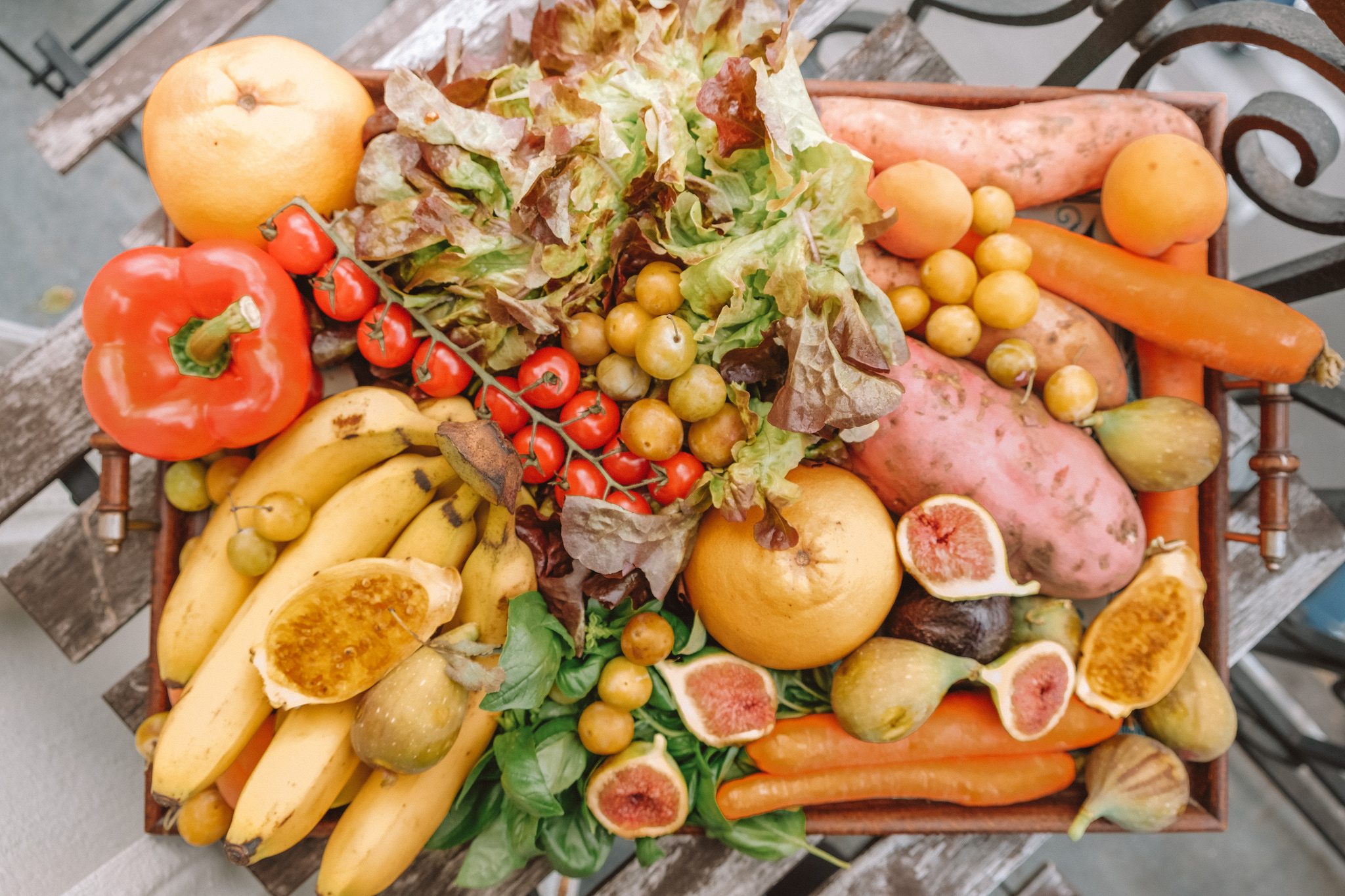
Across the UK, 1 in 10 women are diagnosed with Polycystic Ovarian Syndrome, a hormonal disorder that causes unwanted hair growth, acne, weight gain and infertility in women. The illness is the leading cause of female infertility world-wide but research has shown that keeping fit and healthy can help to manage the symptoms and improve fertility.
A common symptom of PCOS is Insulin Resistance, which is the cause of the weight-gain symptom and leads to Type 2 Diabetes in later life. Most women with this symptom are recommended to follow a Low GI diet to help them lose weight and control their symptoms.
GI stands for Glycemic Index, a scale used to show how a food containing certain types of carbohydrates, sugars and fats can effect blood sugar. Low GI is anything marked below 55 on the scale. Most women who are given this diet find it difficult to stick to and 90% of women feel like the NHS don’t give them enough support to tackle the problem.
Here are 7 Low GI life-hacks to make it all a little easier:
1) Changing carbs
Starting the diet, it may seem like all carbs are the enemy but it’s more about how fast they break down to make energy. Switching white or brown bread for seeded bread, old potatoes for new or sweet potatoes and having pasta or noodles with a low sugar sauce can have a massive impact on food cravings and can stop you from sugar crashing. Choosing foods that break down slower and eating foods that contain less sugar will stop sugar cravings that last all day.
Sugar cravings are a common symptom of PCOS with Insulin Resistance. The problem is caused by the body beginning to sugar-crash. When you suffer with insulin resistance, your body can begin to sugar crash from as little as 20 minutes after eating and you may feel tired, nauseated and begin to have headaches. Your body will crave more food because you’re feeling tired and it wants energy. Constantly high blood sugar levels like this is known as Hyperglycaemia and can cause as much damage as Type 2 diabetes. It begins to damage the capillaries (blood vessels) in your eyes, brain, kidneys and legs.
2) The right workout
Regular exercise is a recommended part of any diet as it can assist massively with weight-loss. It is recommended that a good routine for full body weight-loss is 40 minutes of full-body weights and 15 to 20 minutes of cardio 3/4 times a week. This not only helps with burning calories and fat-loss, it also helps the skin adjust to the changes in weight. Loosing a lot of weight can be daunting when there a plenty of pictures of women out there who are left with a lot of loose skin. Weight lifting can help tighten the skin back up.
Workouts are also good for controlling PCOS mood swings. Exercise can cause chemical changes in the brain that can help to positively change your mood and the weight-loss combined with eating better can help stop hormone imbalances that cause severe mood swings.
3) Boosting protein
The boost of protein in the diet can help minimise the over production of insulin and regulate the levels you produce. It is recommended that those on a low GI diet should consume some form of protein when they eat carbohydrates. It is also advised that if you are relying on meat for protein that you stick to ‘lean protein’ or white meats as red meat can be higher in saturated fat and cholesterol. PCOS can cause heart disease in late life so it is wise to watch your cholesterol levels.
4) Low sugar snacks
Snacking is still a vital part of the day. It is equally as important to make sure your blood sugar levels don’t drop too low as it is for making sure that they don’t stay too high. Fruit should be a go to snack when blood sugar levels are low. Some women even get cravings for chocolate because of PCOS so you should replace your usual choice with 70% Cocoa Dark Chocolate as it’s lower in sugar but still gives you the chocolate fix you need.
In this day and age it can feel like most snack brands are high in sugar and fat but there are alternatives to your favourites around you just have to know where to find them. Stores such as Asda and Iceland have a range of sugar free biscuits which are high in fibre. Morrisons and Tescos sell brands of high protien, low sugar and calorie ice cream that are great for surviving the summer and those PCOS hot flushes. Aldi make lentil and pea snacks which are a great, low fat and sugar alternative to crisps.
5) More water
It is recommended that you should consume at least 2 litres of water a day. On days where you are working out you may need to drink more than this. Water helps flush your body of toxins and can improve symptoms such as acne. An increased water intake can also help in the event of a sugar crash as the body needs to relieve itself of the excess sugar as quickly as possible.
6) Do I really have to avoid everything?
PCOS Dieticians recommend that you stick to foods that are 55 or below on the GI Index but it is okay to occasional have medium GI foods as long as you don’t have them all the time. If you do dip into medium foods then it is suggested that you have something Low GI with it as doing this will help keep your blood sugar more regulated. Although, High GI foods should be avoided at all times as they are guaranteed to cause a sugar crash.
7) Can I still drink alcohol?
You can still drink alcohol, but as in any diet it’s bets not to binge or drink often. If you are to drink it is best to avoid high sugar drinks such as beer, larger, cider, jager-bombs and alco-pops. It is best to drink spirits with sugar free mixtures or fruit juice. If you are given a drink that is high in sugar, have some water and make your next mixer cranberry juice.
Cranberry juice is good for regulating blood sugar. Diabetes.co.uk actually suggest that two glasses of low calorie cranberry juice a day can reduce the risk of Type 2 Diabetes.
Header image credit:
Ella Olsen – Vegetables and fruit



